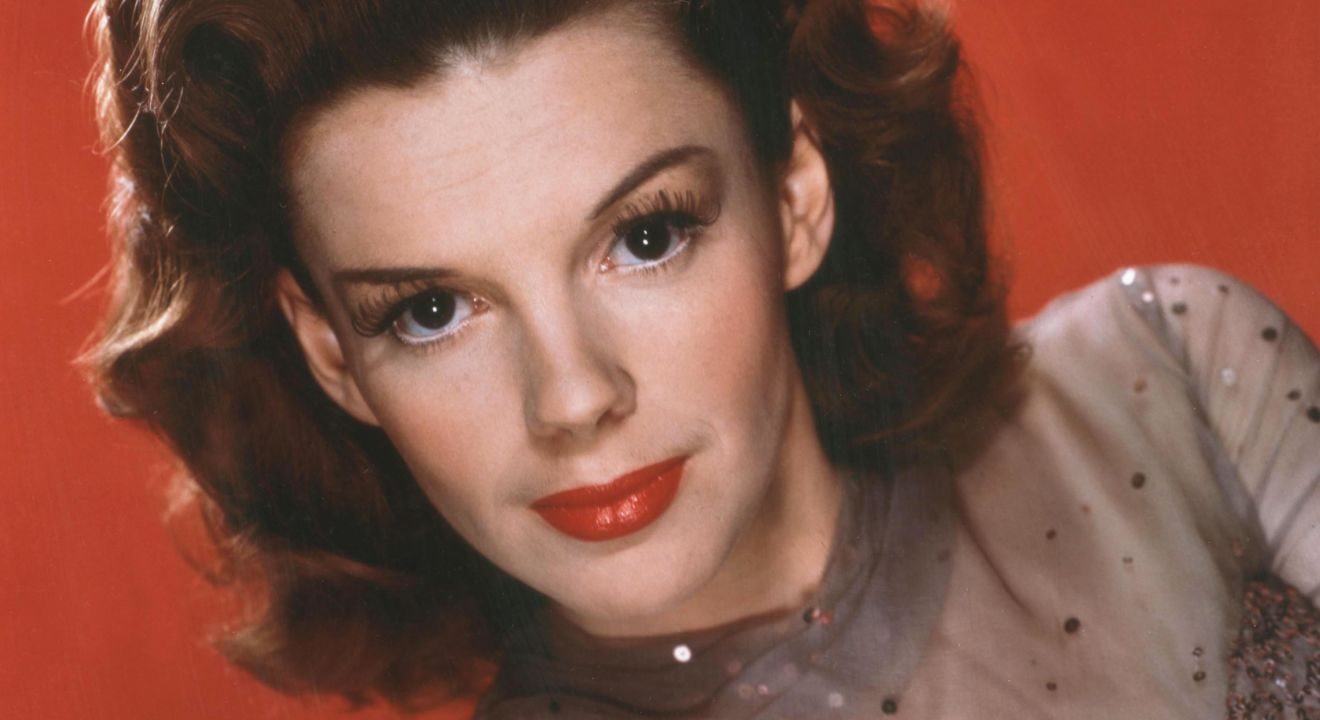Inspiration November 15, 2016


In one of the most iconic scenes in movie history, a little farm girl with pigtails and a checkered dress starts to sing to an empty field. For just a moment, time seems to stop. You listen as the little girl sings a lullaby about a mythical place far away “above the chimney tops … where troubles melt like lemon drops.” For a brief moment in time, it all seems possible for the young woman named Dorothy Gale. But for Judy Garland, life had something else in store.
Judy Garland was born Frances Ethel Gumm in Grand Rapids Minnesota on June 10th 1922. Gumm was born to a family of vaudeville performers including her parents and her two sisters Dorothy Virginia and Mary Jane. The three sisters grew up performing together in a traveling vaudeville act known as “The Gumm Sisters.” Eventually Frances started a solo career initiated by her mother Ethel. Frances traveled all across the country singing and performing in nightclubs, cabarets and theaters.
By the summer of 1935, Frances was offered a contract by Louis B. Mayer of MGM. It was at this time that Frances bid farewell to her old life and began her new life as Judy Garland. The next year Judy Garland made her film debut as a teenage hillbilly in “Pigskin Parade.” Following her debut, MGM signed Judy to several upcoming musicals. But the young actress did not take well to the demands of such a hectic schedule. The studio gave her pills to combat fatigue and amphetamines to stabilize her weight resulting in a drug addiction that would follow her the rest of her life.
READ MORE: From Ballerina to Boss: Theresa Farrell’s Story
By 1939, just three years after her film debut, Judy rose to stardom with her portrayal of Dorothy Gale in MGM’s adaptation of L. Frank Baum’s beloved novel “The Wizard of Oz.” The actress’s portrayal of the young farm girl from Kansas brought her instant fame and recognition. Dorothy Gale’s shadow followed Judy throughout her career, despite her efforts to star in more mature roles.
By 1921, Judy was engaged to her first husband David Rose just two months after his divorce from actress Martha Raye. Judy became pregnant with her first child soon after but was persuaded by Rose and MGM to have an abortion to keep up her “good girl” image. She complied, but not without traumatic consequences, including a lifelong battle with guilt and divorce from Rose in 1943.
Judy went on to star in her first ever adult role as a vaudeville performer during WWI in “Me and My Gal” (1942). Later that same year she would appear in the blockbuster hit “Meet Me In St. Louis” directed by Vincente Minnelli. Judy and Minnelli fell in love and three years later were married at her mother’s house with Louis B. Mayer standing in for her late father.
READ MORE: Amelia Earhart, One of America’s Greatest Tomboys, In Photos
Soon after, Judy found out she was pregnant with her first daughter, Liza Minnelli. Following Liza’s birth, Judy had a serious case of postnatal depression. Eventually, Judy and Minnelli started to drift apart following a string of affairs and bouts of mental illness. Following several affairs including a serious relationship with Frank Sinatra, Judy eventually divorced Minnelli to be with Sid Luft with whom she had two children, Joey and Lorna.
Throughout her many relationships, Garland experienced many highs and lows in her career. She was often ridiculed for her flings and moody behavior on and off set. She suffered from alcoholism and drug addiction throughout her career resulting in several suspensions from MGM. In 1969, Judy died of an accidental drug overdose in her London home at the age of 47.
Garland was an actress, singer, mother, daughter and icon. She was the youngest recipient of the Cecile B. DeMille award for lifetime achievement and described by Fred Astaire as “the greatest entertainer that ever lived.”
READ MORE: Ella Fitzgerald: The First African-American Woman of Song